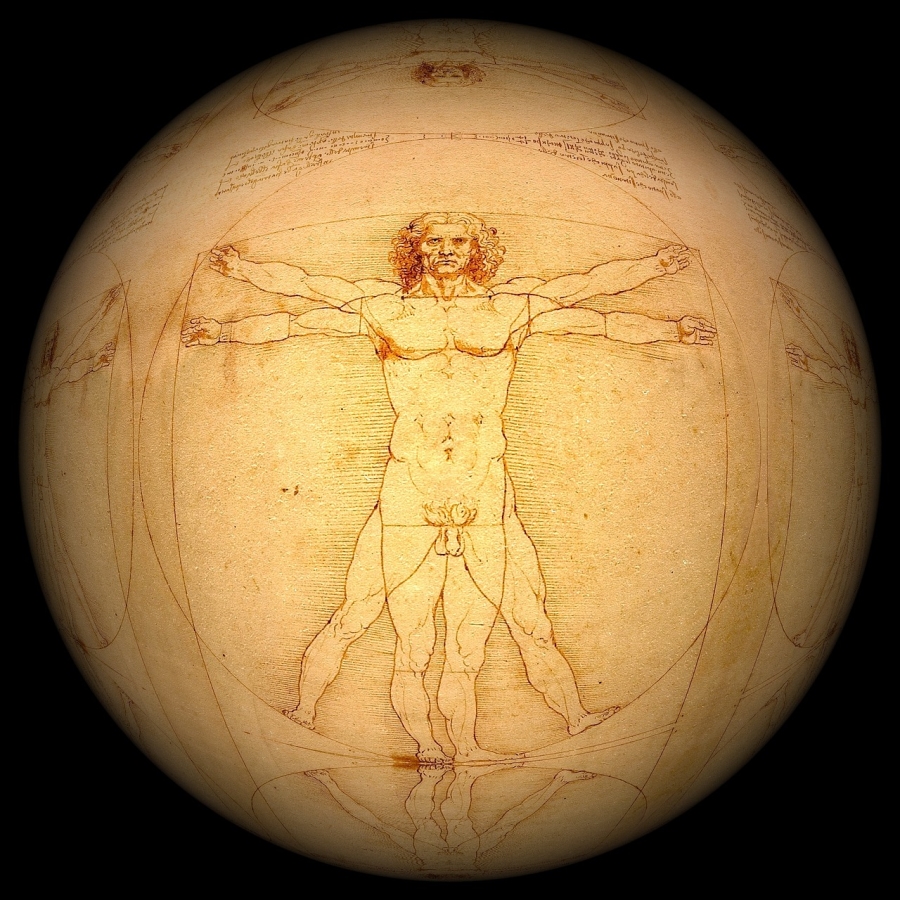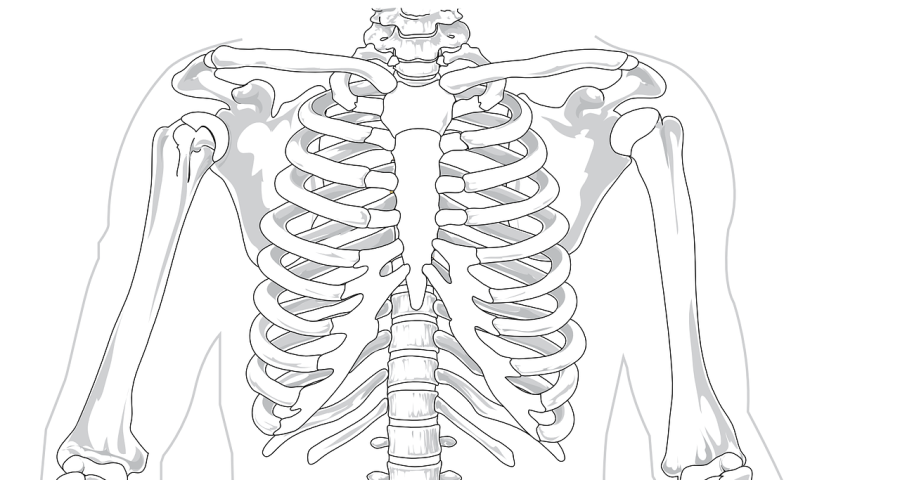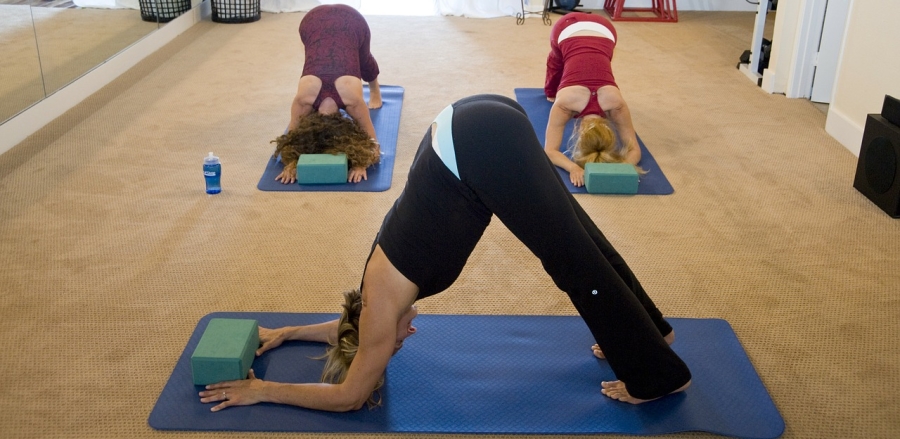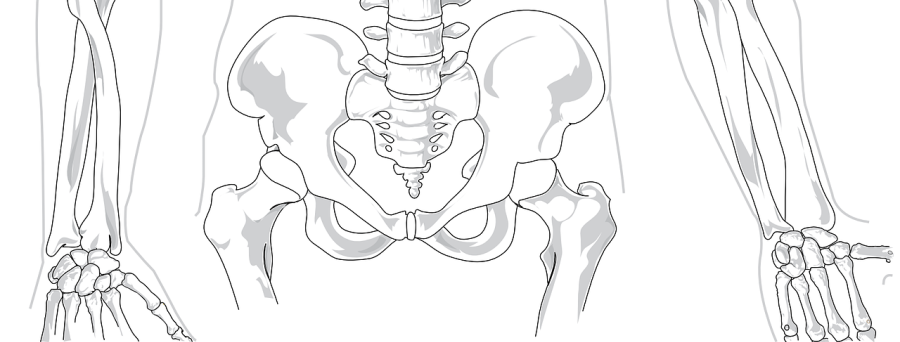The book Strength Training Anatomy, 3rd Edition is an illustrated weight training exercise guide. It includes a large selection of weight lifting exercises, stretches, and information on morphology for each muscle group. There is a preview available on google.
We’re going to focus on the morphology sections as this is a much less common section in most exercise guides and is really good information to know. Morphology is an area of biology that studies the specific structural features of organisms.
To determine where you fall in relation to the average human, here is a guide for body part length based on your height, which has been reproduced below. To use this, determine your height, then take the appropriate percentage of that height for the corresponding body part. For example, if you are a 70 inch tall male, then proportionally your forearm should be 70 inches * .157 = 10.99 inches. This will give you an idea of how close to average your forearm is and whether you may need to take into account the length of your body for certain exercises.
- Head and Neck
- Males 10.75%
- Females 10.75%
- Whole Trunk
- Males 30%
- Females 29%
- Thorax
- Males 12.7%
- Females 12.7%
- Abdomen
- Males 8.1%
- Females 8.1%
- Pelvis
- Males 9.3%
- Females 9.3%
- Upper Arm
- Males 17.2%
- Females 17.2%
- Forearm
- Males 15.7%
- Females 16%
- Hand
- Males 5.75%
- Females 5.75%
- Thigh
- Males 23.2%
- Females 24.9%
- Leg
- Males 24.7%
- Females 25.7%
- Foot
- Males 4.25%
- Females 4.25%
For morphology issues that relate to the length of your body use the above percentages to calculate how you compare to average.
Elbow Structure
Elbow structure can dictate which type of bar is best used for arm training with your individual morphology. You will have excessive stress on your wrist if your forearm hangs away from your body in a valgus position. This is more common in women, but noticing the amount of angle can give you insight into whether an E-Z bar would be better for biceps training to avoid the excess tension.
To see how large an angle you have follow these instructions:
- Stand with your hands at your sides well you are relaxed.
- Rotate your hands so that your palms face forwards.
- Look at the angle your elbow joint makes and how far that moves your forearm from your torso.
The larger the angle, the further your forearm will be away from your body. A normal angle is between 5 to 15 degrees. If your angle is on the higher end, try using an E-Z bar for bicep curls for reduced stress on the wrist.

Forearm Length
Forearm length relative to the rest of your body can change the amount you need to lower weights due to a change in tension on your muscles.
For shoulder and chest pressing exercises it is better to look at the elbow joint to gauge how far to lower the weight than to look at the the actual weight or bar. If you have long forearms, to lower a barbell during bench to your chest will stretch your pectoral far further than if you have short forearms. If you lower the weights for chest and shoulders just past 90 degrees, it should allow for safer lifting rather than using a measure of hitting the chest with the barbell or lowering to the ears respectively.
Rib Cage Structure
Similar to forearm length, if you have a barrel chest instead of a normal rib cage you will be able to bench press more safely as your chest will restrict your downward movement. People who have a barrel chest usually need to lower the bar to their chest to complete a full repetition, which can be dangerous if your chest is smaller and doubly dangerous if your forearms are longer.
Femur Length
Your femur length can have a dramatic impact on your ability to squat. If you have long femurs you will cantilever more to maintain balance. This can be rectified by placing a block under their heels to keep from tilting their torso as far. Going past horizontal will be challenging if not impossible for people with long femurs as well. If you have shorter limbs you will generally be better suited to the squat, since the tilting of your torso will be minimal.
Torso Length
If you have a short torso, this will make squats more difficult since you will need to tilt more to maintain balance. However, an individual with a short torso and long limbs has an easier time with the deadlift, since their legs will be partly bent requiring much less force to start the lift.
Ankle Flexibility
If your ankles are inflexible, you will have a much greater torso tilt when performing squats due to your posterior being further back. As you increase in weight take care to use correct form. When going below horizontal your back will tend to round which increases chance for back injuries. This can be alleviated by using blocks under your heels to reduce the tilt.
Knee Structure
Though people with classic knees or genu varum (bow-legged) knees do not have a greater risk of injury with weight lifting, those with genu valgum (knock-kneed) and genu recurvatum (hyperextended knees) may have difficulty training with heavier weights. Genu valgum can lead to excessive friction in the knees and overuse issues. Be careful of any symptoms of overuse and lesson your workout or stop completely until symptoms go away. Genu recurvatum should never lock the knees at the end of a leg exercise for risk of pinching the meniscus.
Hip Mobility
Hip mobility is in a large part determined by the structure of the hip. The neck of the femur can be vertical or horizontal oriented. A vertically oriented femur neck will allow increased abduction movement. Do not force abduction past your abilities. The continual stress can cause micro traumas leading to injuries and further loss of mobility.
When you are putting together your workout plan, or using one provided by Transformible, take into account your individual body. The best workout plan is the one that uses your body proportions to greatest effect.
If you would like more information or want to check out other parts of the book, you can pick one up for just over $10.






